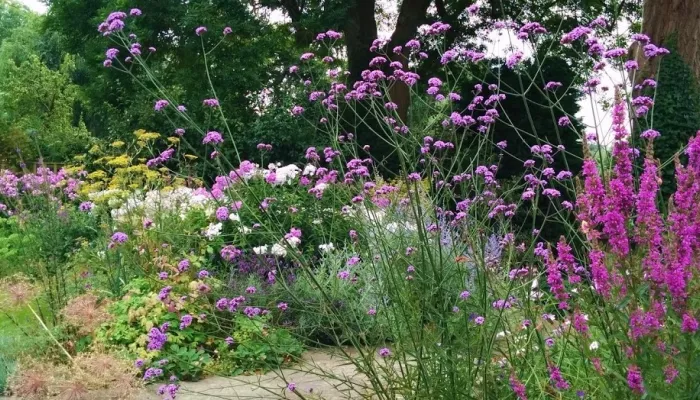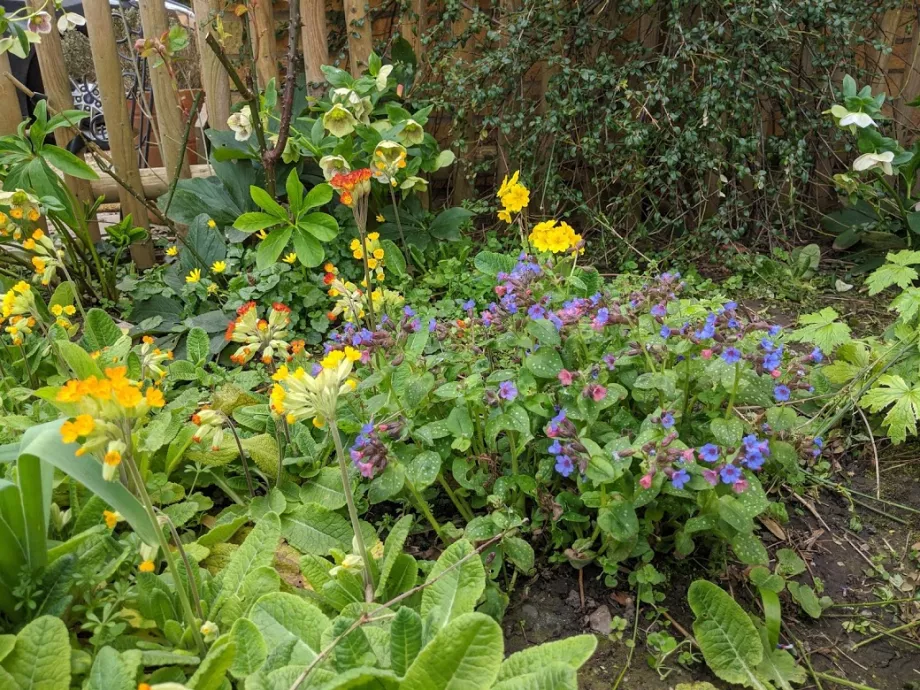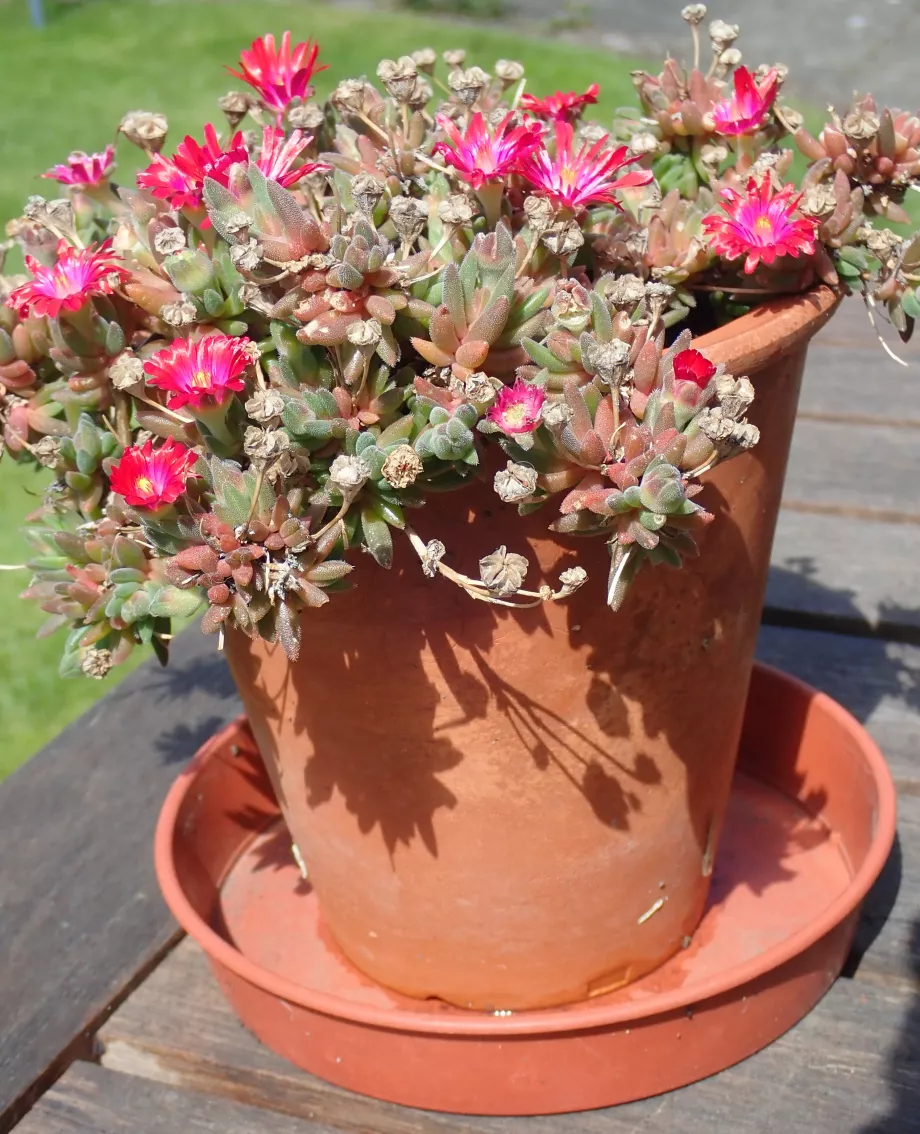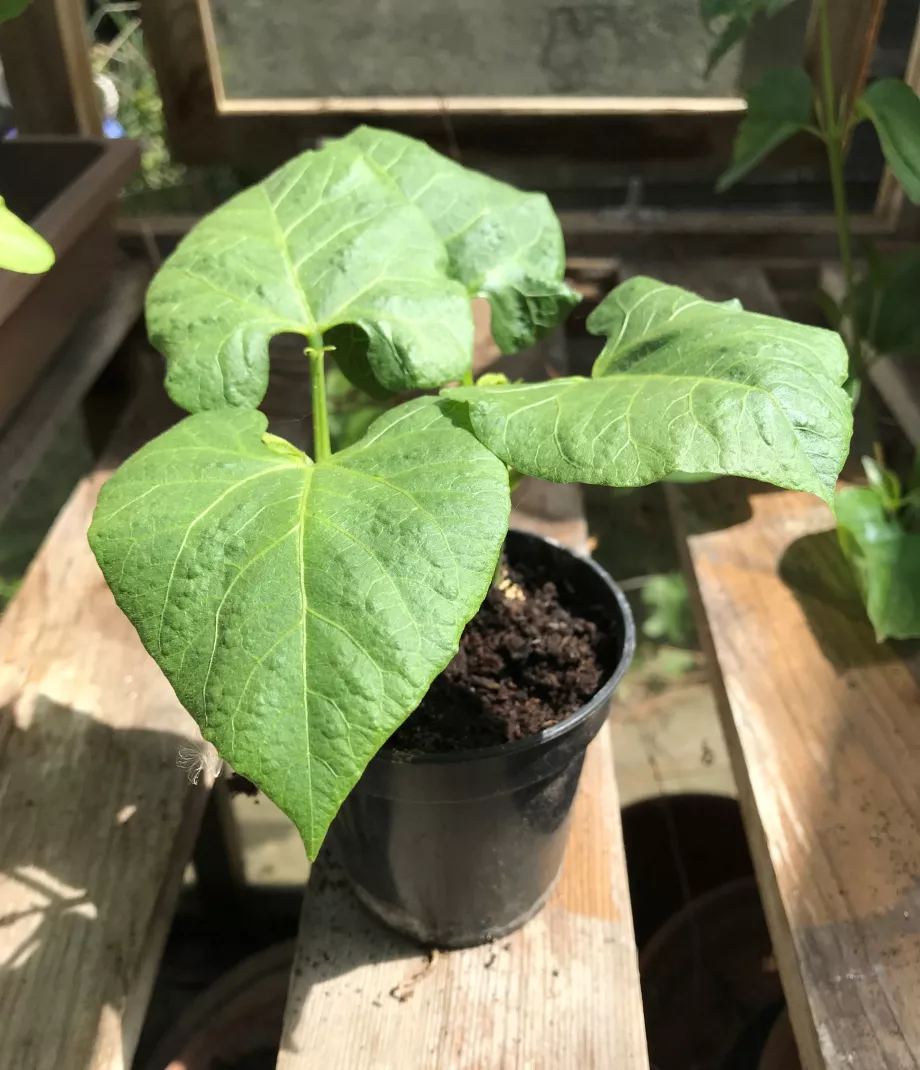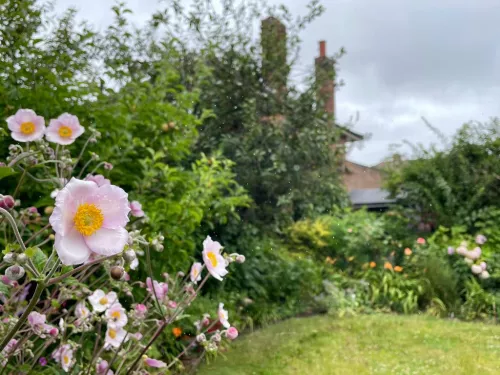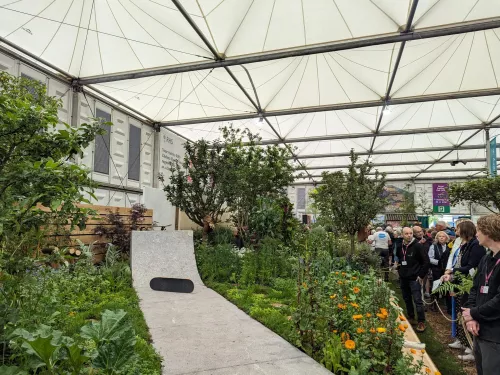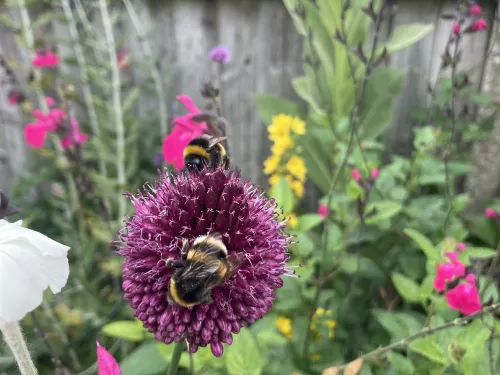
Summer flowers for a wildlife-friendly garden
Looking to create a garden that’s not just beautiful but also provides a range of benefits for wildlife, as well as ongoing summer flowers? There’s lots of consider when choosing plants. I’m the Wild About Gardens Officer at Kent Wildlife Trust and these…

